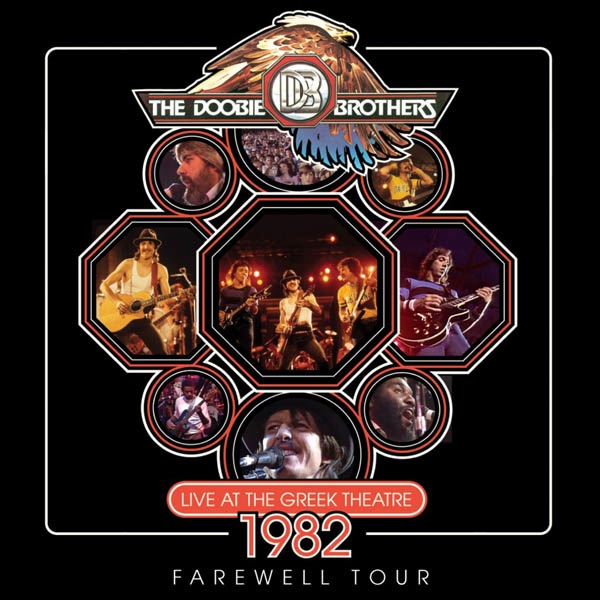
Magnetic Music
Magnetic Music

- Read more about Magnetic Music
- Log in or register to post comments



Did you go to an audio show this year?
After voting, feel free to describe your experiences, what show(s) you attended, or future plans in the comments section
